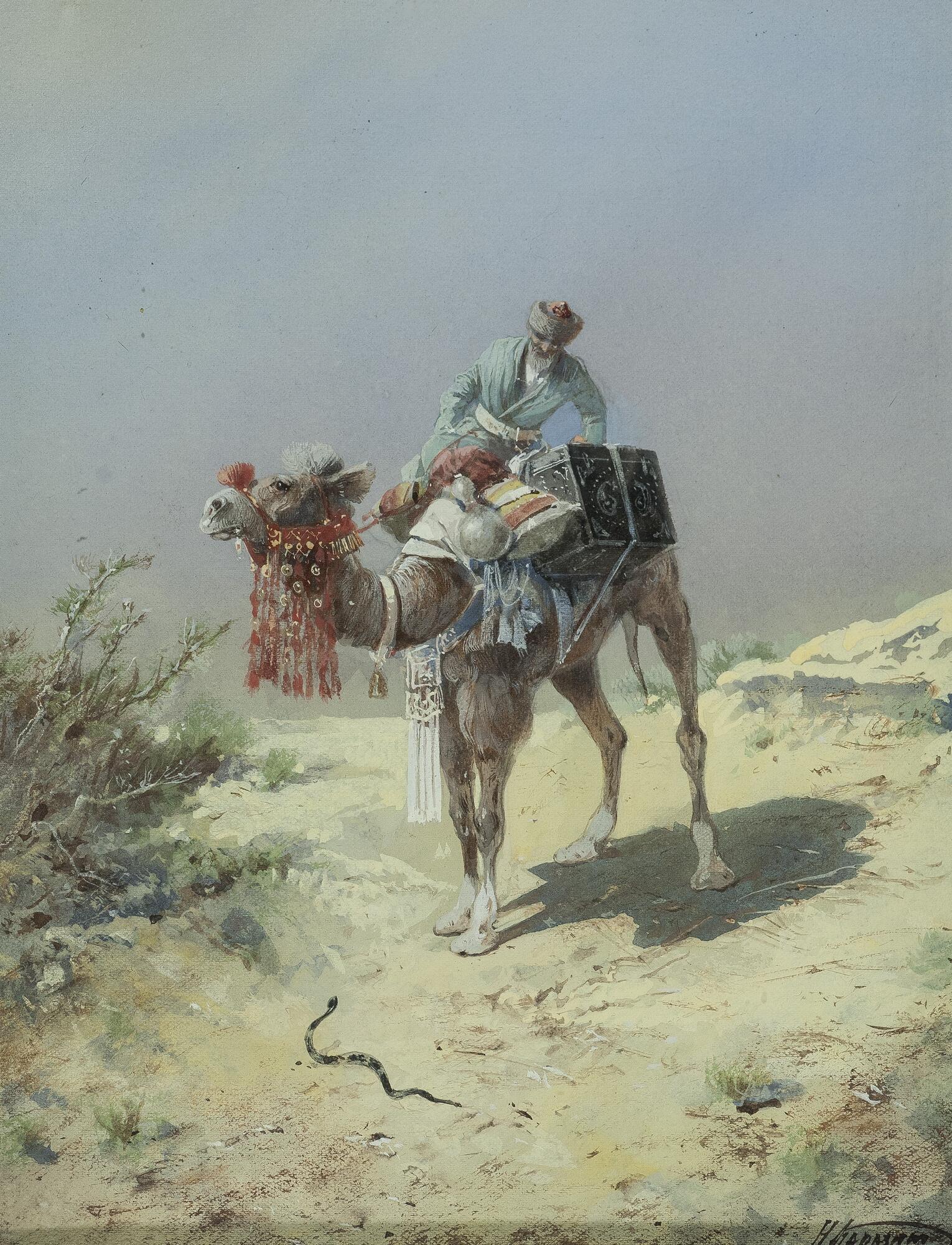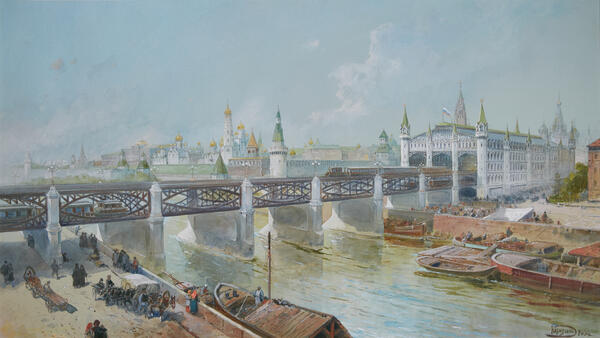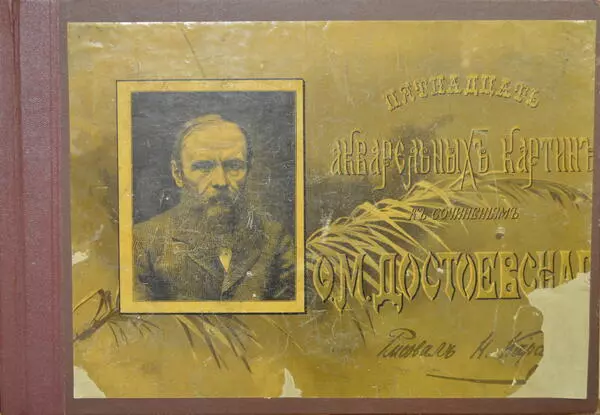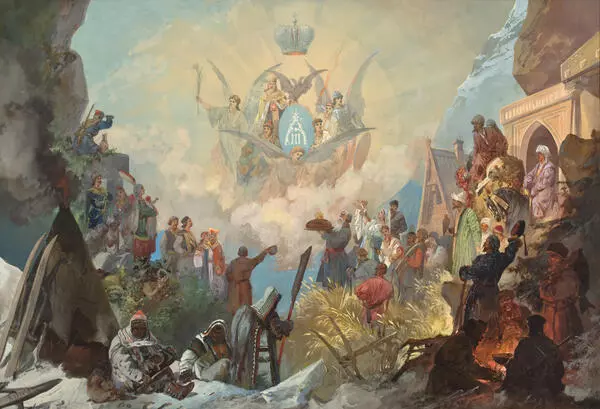Nikolay Nikolaevich Karazin was one of the best Russian draftsmen of his time, an original artist, one of the founders of the Society of Russian Watercolorists, an academician of painting, a writer, a traveler, Russia’s first war correspondent and illustrator. Karazin also became the first illustrator of Fyodor Dostoevsky’s works, the creator of the first Russian art postcards.
Until the age of ten, Nikolay Karazin was raised in his grandmother’s estate near Moscow, located near the village of Anashkino in the Moscow province. Karazin received his education in the Moscow Cadet Corps, from which he was released as an officer in the Kazan Dragoon Regiment in 1862. He participated in the pacification of the Polish rebellion of 1863–1864 and for distinguished service in military operations was awarded the Order of Saint Anna of the 4th class with the inscription, “For bravery.”
Karazin gravitated towards painting from childhood, and in 1865 he retired with the rank of staff captain to enter the Academy of Arts. Having studied for only a year under the guidance of the famous war artist Bogdan Willewalde, Nikolay Nikolaevich was expelled from the educational institution after a conflict with the rector’s office. Then Karazin again joined the army as a lieutenant and went to Turkestan. During the Serbian-Turkish and Russo-Turkish wars, the artist became a war correspondent and illustrator. His works were published in the magazines “World Illustrated” and “Niva, ” as well as in some foreign publications.
A loaded camel in the desert is depicted in the work from the collection of the Voronezh Art Museum. A resident of Central Asia, dressed in a blue burnous and a fur hat with a red top, dismounts from the camel. The camel has a richly decorated harness. At his feet is a spectacled snake, which the camel scented and became alert.
Karazin’s literary works comprise 25 volumes, many
of which were first published in the “Delo” magazine in the 1880s. The best and
most famous of the stories are considered to be “On the Far Outskirts, ” “The
Pursuit of Profit, ” “Two-legged Wolf, ” “In the Reeds” and others. In them, much
attention is paid to military events from the era of the conquest of the
Turkestan region.






